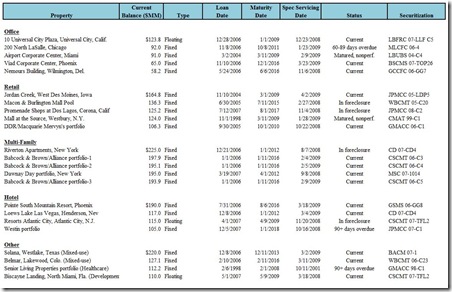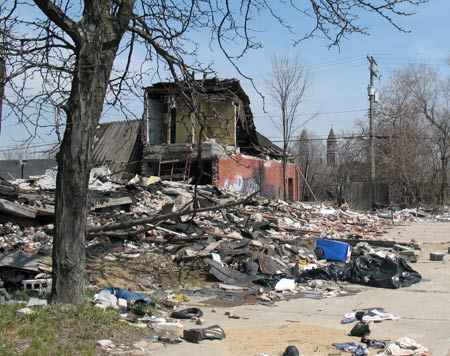It’s difficult to work up much enthusiasm for the Legacy Loan segment of PPIP, a program which will reduce losses for banks by goosing returns for private investors with low cost public leverage. Most people (other than the banks themselves) think banks should be punished with big losses, and most people are not keen on helping the investors who will get richer as a result of the mess do even better. I totally get that. However, I think it’s important to point out that the most commonly expressed alternative to PPIP (just let the banks fail and let the FDIC clean up the mess) will be tremendously expensive to taxpayers.
The argument against PPIP is cogently summarized in this Naked Capitalism post. An excerpt:
As readers may recall, we had been skeptical (and critical) of the Public Private Investment Partnership from the outset. It was the third effort at a program that had failed twice under Hank Paulson, namely, to have banks get dud assets off their balance sheets by selling them to a sucker.
That's why this program has never gotten airborne. It requires a bagholder.
The problem isn't, contrary to PR designed to mislead the public, that the assets are hard to value. That holds only for an itty bitty percentage of the total. The real problem is that the banks are carrying them at above market values, and above any reasonable long term value too (their protests to the contrary). The problem is not the saleabilty of said assets, it's that they don't like the prices. Selling them at below the marked value leads to losses, which in turn would reduce their equity at a time when they have been told, in no uncertain terms, to get more.
So the only way the plan works is if someone overpays. The only party that might have reason to is Uncle Sam. The whole point of the "public private investment" part of this is to disguise the overpayment. So the plan is an opaque subsidy to the banks.
Yes this program is a subsidy to banks. It’s not even opaque; it’s transparent to anyone with a spreadsheet. But it’s wrong to say “the only way the plan works is if someone overpays”. The plan works because someone will pay more if an investment can be leveraged with low cost funds. Imagine a housing market with no mortgage debt; fewer houses would sell, and they would sell for much less.
Here is an example I used in my post, Investor Returns on FDIC Discounted Notes. Let’s say this is a subperforming CRE loan which is still making payments:
![[image[5].png]](http://lh6.ggpht.com/_gT8Hem-9wN8/SgwjK88KuTI/AAAAAAAAAXw/ivb8KQlHe38/s1600/image%5B5%5D.png)
Here is the same note sale under PPIP:
Note the low cost leverage allows the bank to get a better price (85) and the investor to get a better yield (12% versus 19%). To state the obvious, more banks will sell assets at 85 than 50, and more investors will invest if they can get 19% instead of 12%. Also, assuming a finite amount of investor money, it will go a lot further with the PPIP program (in this example, $5,000,000 without PPIP, $850,000 with the program). If the loan continues to perform and pays off, the investor is the big winner; they get their yield from the payments, and a nice pop when the loan is repaid at par. But, the Treasury wins too, because under PPIP the Treasury is the 50% equity partner.
Of course, the loan may not perform. If after liquidation costs the underlying collateral value is more than the purchase price, the equity investor will still get a return and the FDIC will get its PPIP loan repaid. If the recovery is less than 80% of the discounted purchase price, the equity is wiped out and the FDIC takes the remaining loss on its PPIP loan. The check against this happening is the fact that the private part of the equity does not want to lose its money. It could happen, but absent collusion with the loan sellers there’s no reason why private equity would intentionally overbid. Avoiding collusion is extremely important. Option Armegeddon gives a good explanation of the risk in this post. However, I think this concern is manageable as long as regulators follow the money trail and severely penalize infractions.
Assuming investors don’t overbid, the only “loser” in this scenario is the FDIC, which only collects a 4% interest rate. Is making this loan the best use of FDIC funding capability? Maybe not, but making too small a return is a lot different than characterizing the FDIC as a bagholder. And, consider the alternative; if the bank fails and the FDIC is the note seller at 50 in the first example, that’s a $3,500,000 loss to the taxpayer, versus a 4% return on a PPIP $6,800,000 loan. If you think FDIC loan sales are the best way to maximize value for the taxpayer, this excellent post from REIT Wrecks will open your eyes.
PPIP is not easy to love, but I’ve not seen a better alternative. If you’re not familiar with the PPIP program see a description here.






















